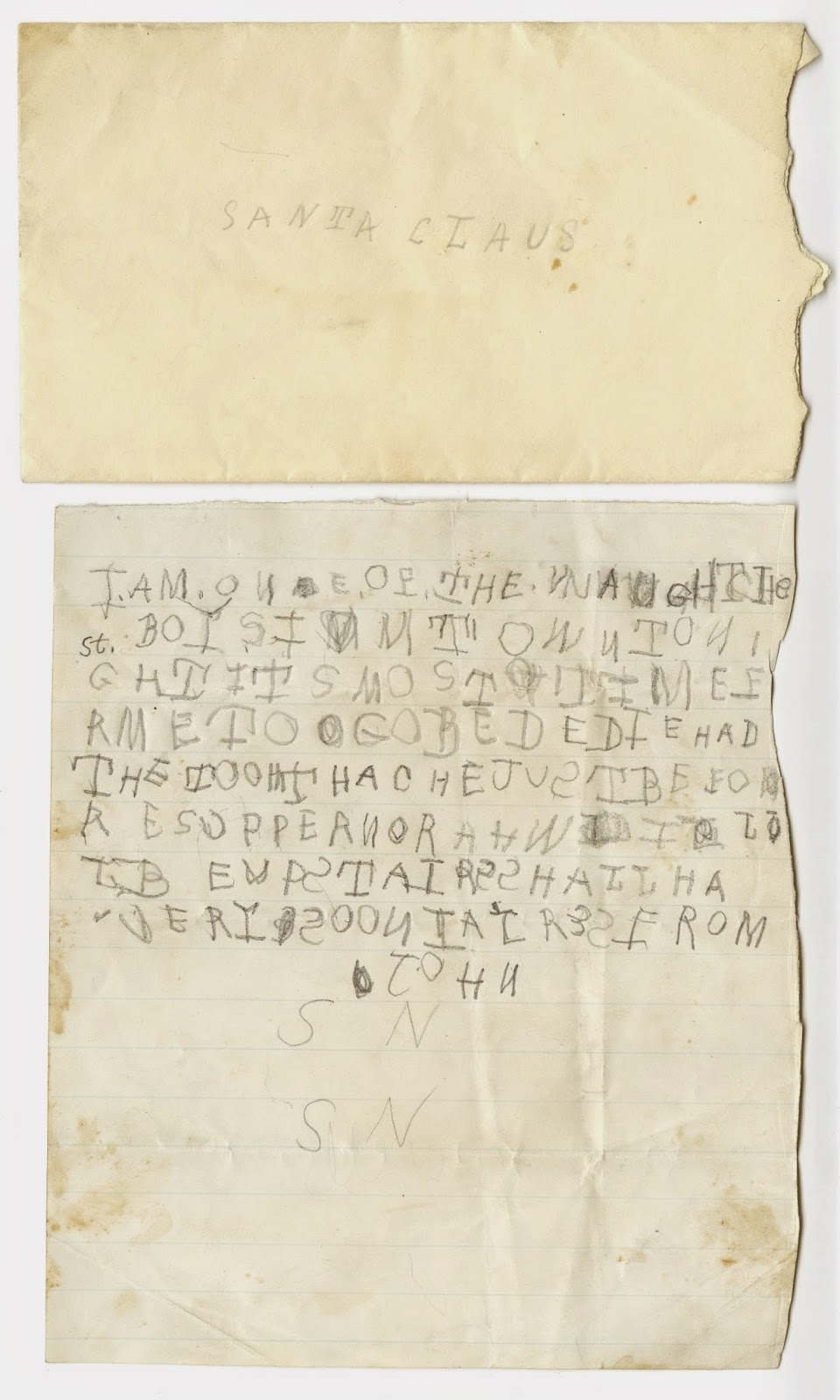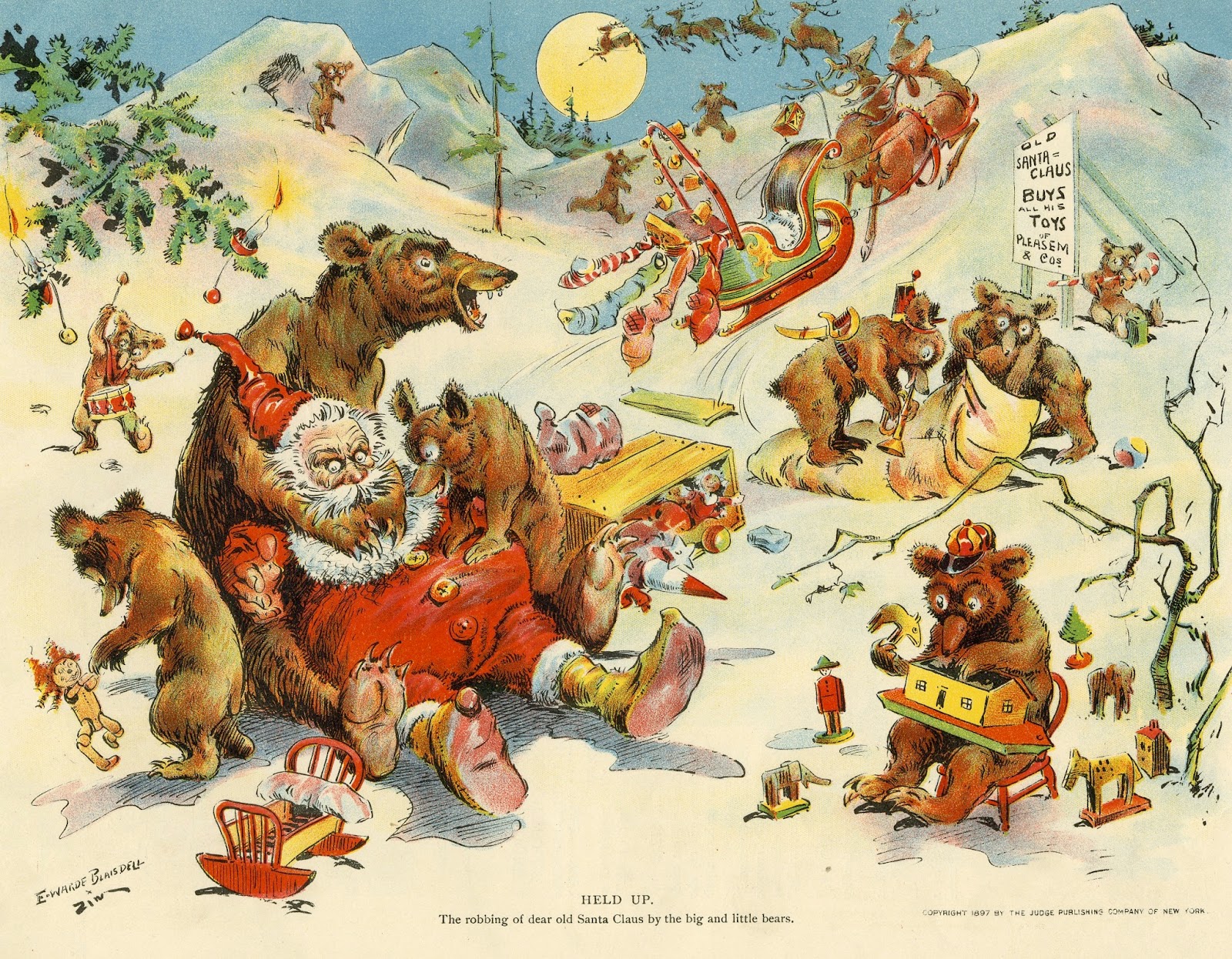Archives specialize in documenting change over time, but the holdings at the William L. Clements Library also reveal how some things remain stable through the years, including the excitement surrounding Christmas morning. On December 20th, 1840, Edward H. Fitzgerald found himself far from home as he served in the United States military. At sea and melancholy, Fitzgerald wrote a wistful journal entry imagining Christmas with his family.
“I fancy myself at home, sleeping in the passage at the head of the stairs—I have gone to bed with the determination of getting up very early in the morning to catch every one ‘Christmas gift’ – So great is my anxiety that I think is it possible that I must lay awake till daylight—for go to sleep I cannot—then comes the desire to pass the intervening time in happy unconsciousness—I try every means—every position, first one side, then the other—now on my back—now with both hands under my cheek & now with them clasped over my head—I finally fall asleep with the sheet around my neck & my feet protruding half a yard below the covering.”
Many children will experience this same restlessness on Christmas Eve, tossing and turning as they anticipate the morning’s excitement.
Much of this fidgety eagerness stems from the expectation of a visit from Santa Claus. The Clements’s Mary Jane Daggett family collection includes several delightful letters to Santa from the 1870s. Santa’s “Little Friend” Gracie E. Daggett made a special request for toys for herself and her siblings, including a piece of India rubber, a prayer book, and a “little grocery store.” The hope of seeing them delivered Christmas morning surely made it difficult for her to sleep.
 |
| Gracie E. Daggett ALS to Santa Claus, December 8, 1874, Mary Jane Daggett family collection. |
 |
| John [Daggett] ALS to Santa Claus, undated, Mary Jane Daggett family collection. |
 |
| Moses Pitt, A Map of the North-Pole and the Parts Adjoining (Oxford: M. Pitt, 1680). |
 |
| E. Warde Blaisdell, Held Up: The Robbing of Dear Old Santa Claus by the Big and Little Bears (New York: Judge Publishing Company, 1897). |
